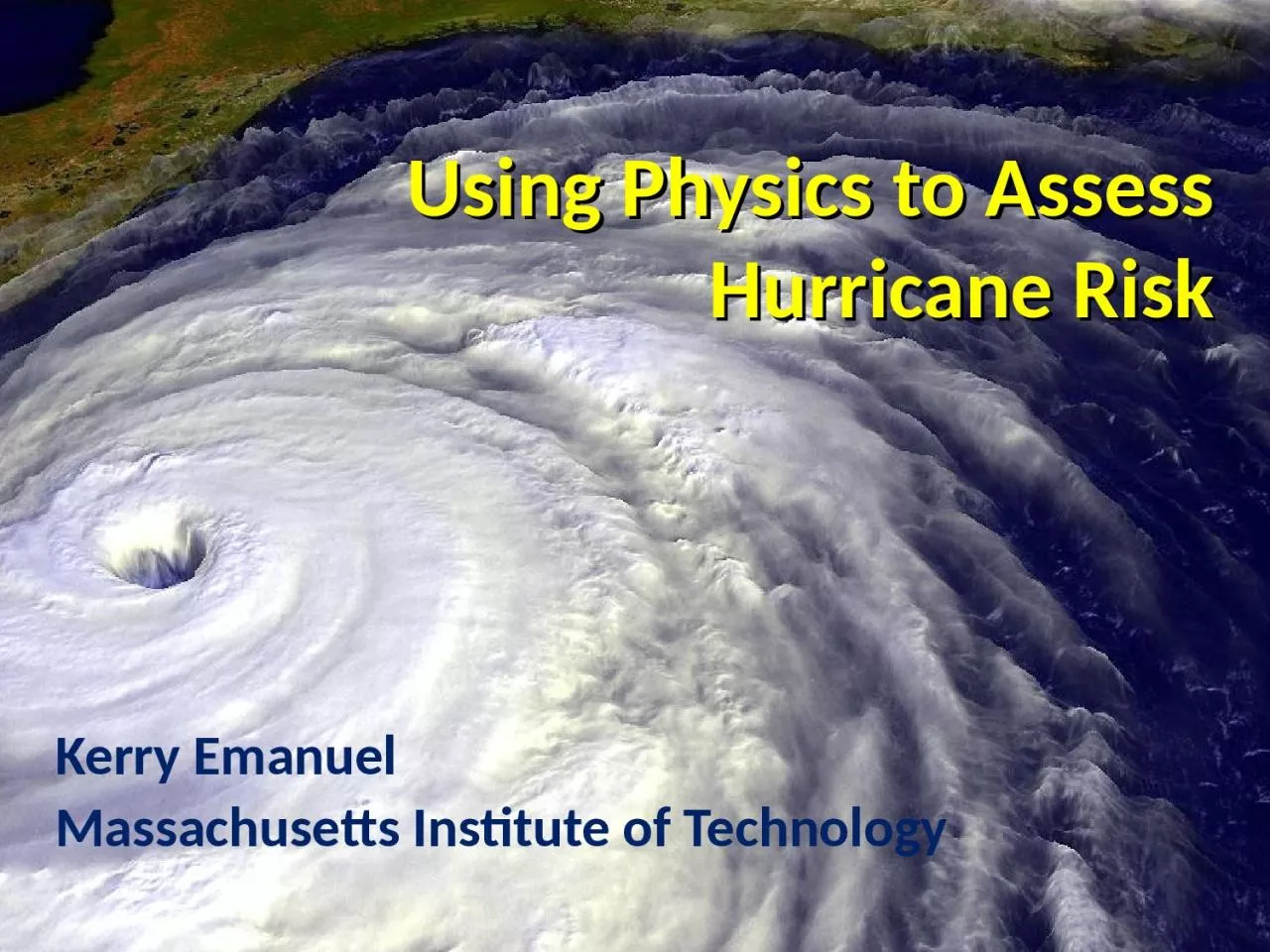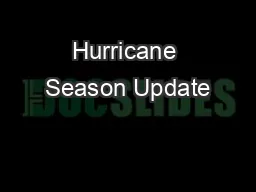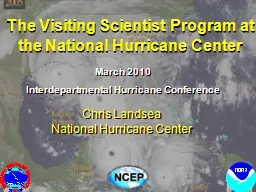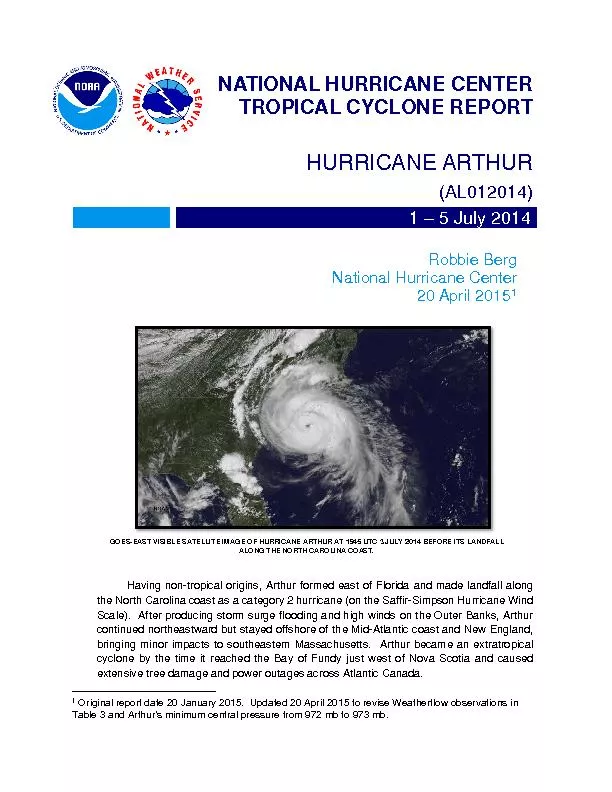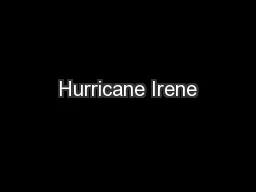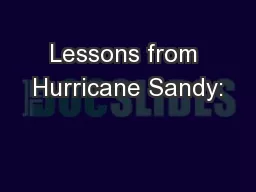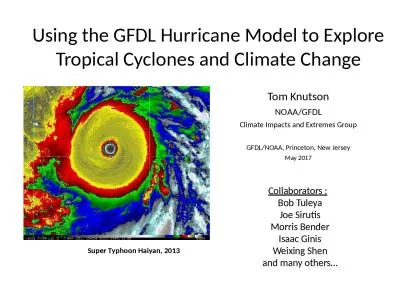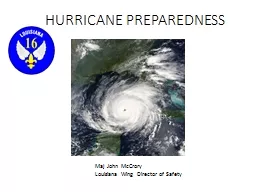PPT-Using Physics to Assess Hurricane Risk
Author : cappi | Published Date : 2024-01-29
Kerry Emanuel Massachusetts Institute of Technology Risk Assessment Methods Methods based on hurricane history Numerical Simulations Downscaling Approaches 3 Cat
Presentation Embed Code
Download Presentation
Download Presentation The PPT/PDF document "Using Physics to Assess Hurricane Risk" is the property of its rightful owner. Permission is granted to download and print the materials on this website for personal, non-commercial use only, and to display it on your personal computer provided you do not modify the materials and that you retain all copyright notices contained in the materials. By downloading content from our website, you accept the terms of this agreement.
Using Physics to Assess Hurricane Risk: Transcript
Download Rules Of Document
"Using Physics to Assess Hurricane Risk"The content belongs to its owner. You may download and print it for personal use, without modification, and keep all copyright notices. By downloading, you agree to these terms.
Related Documents

